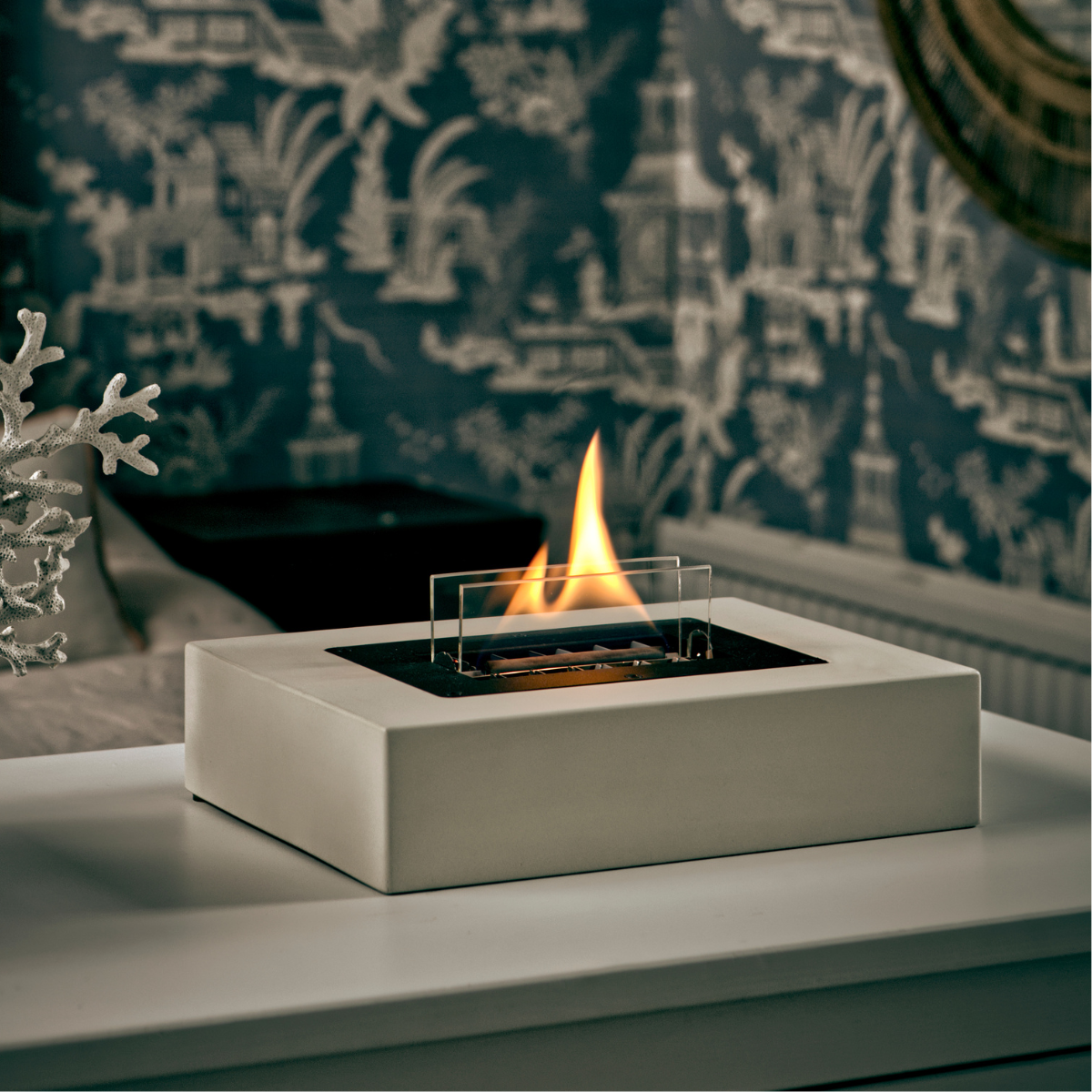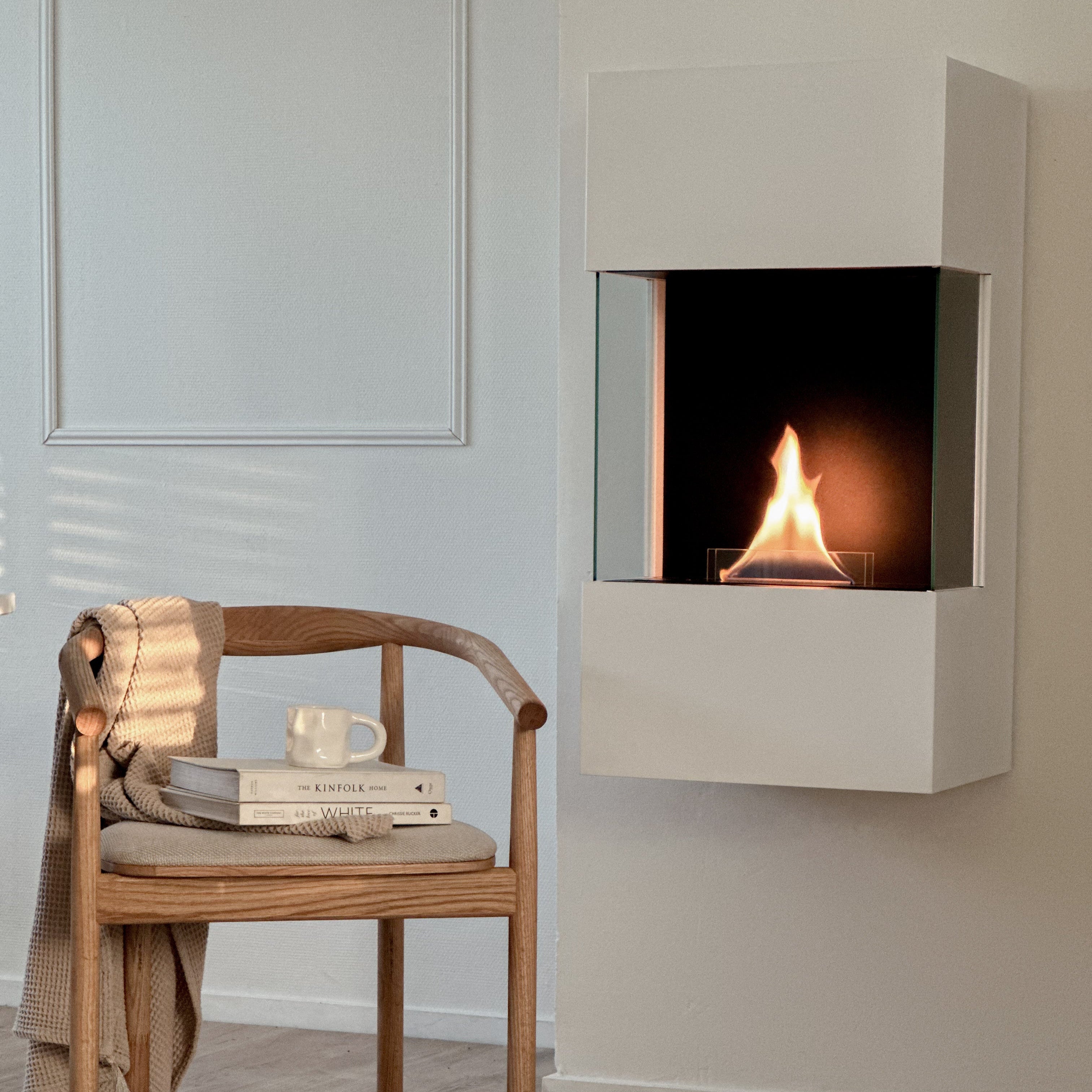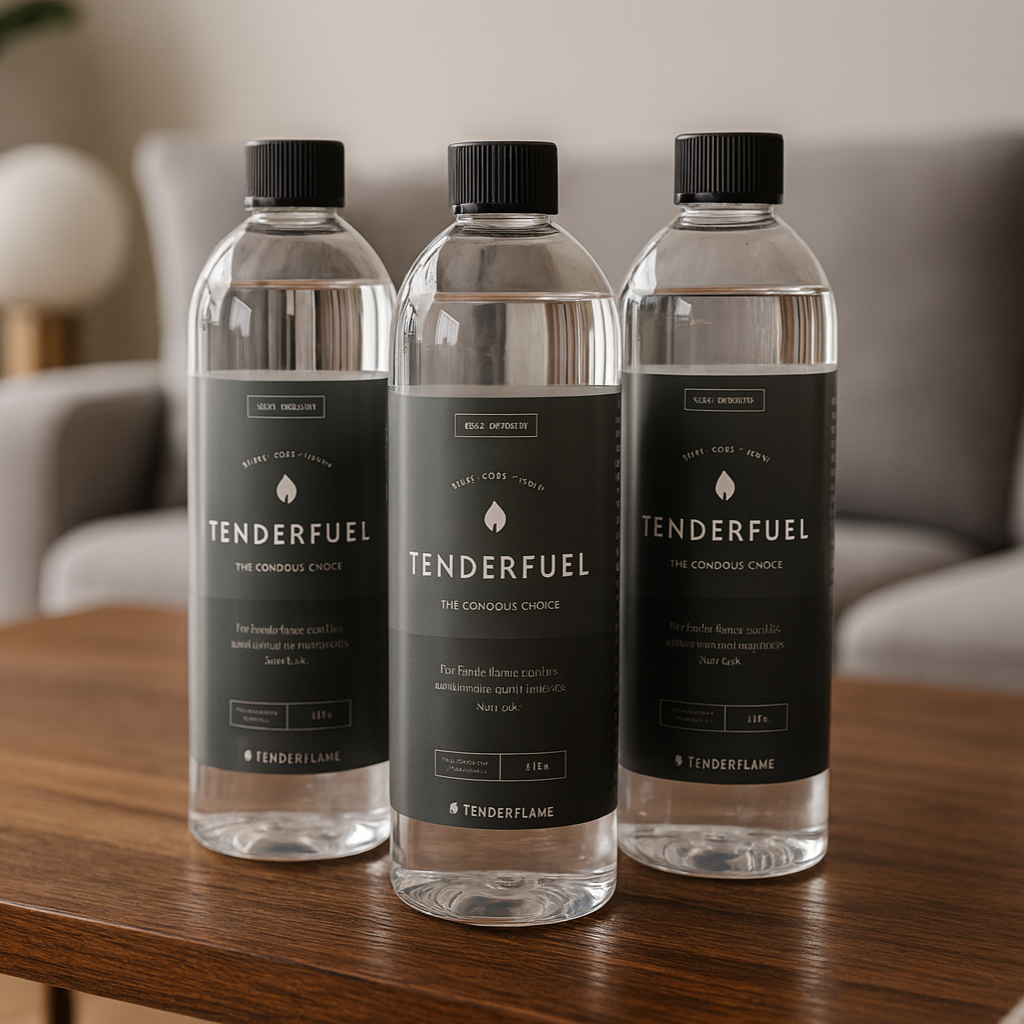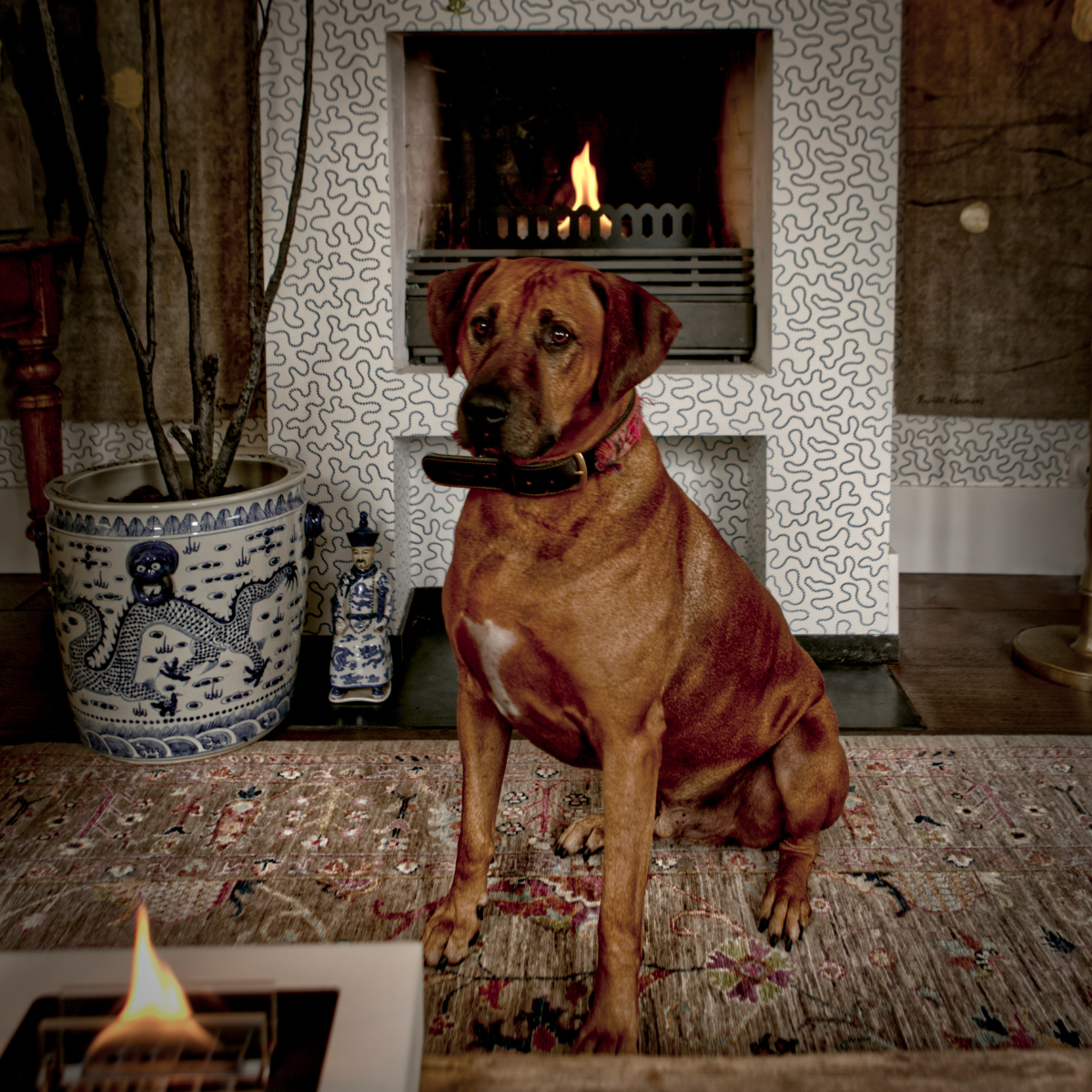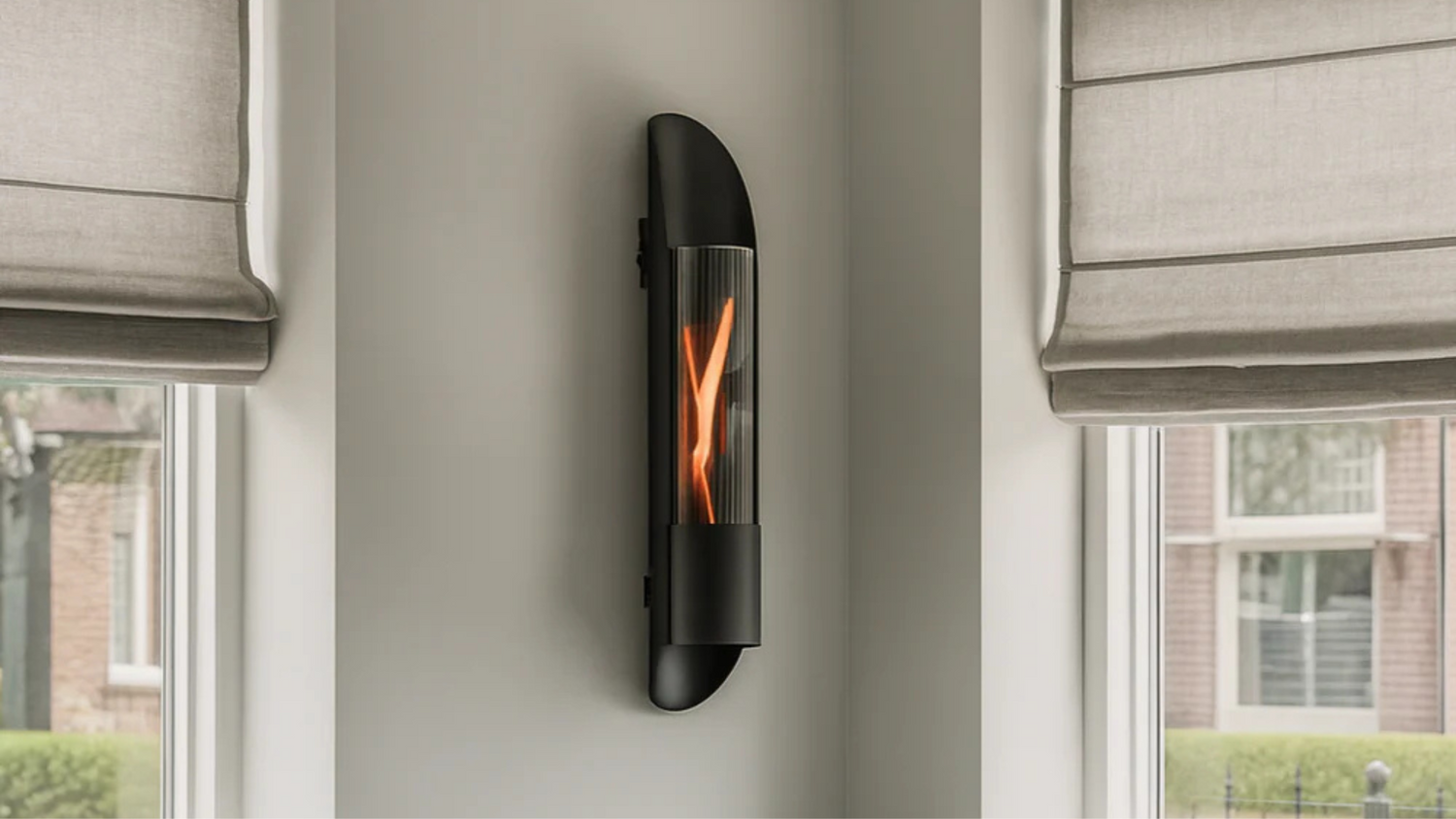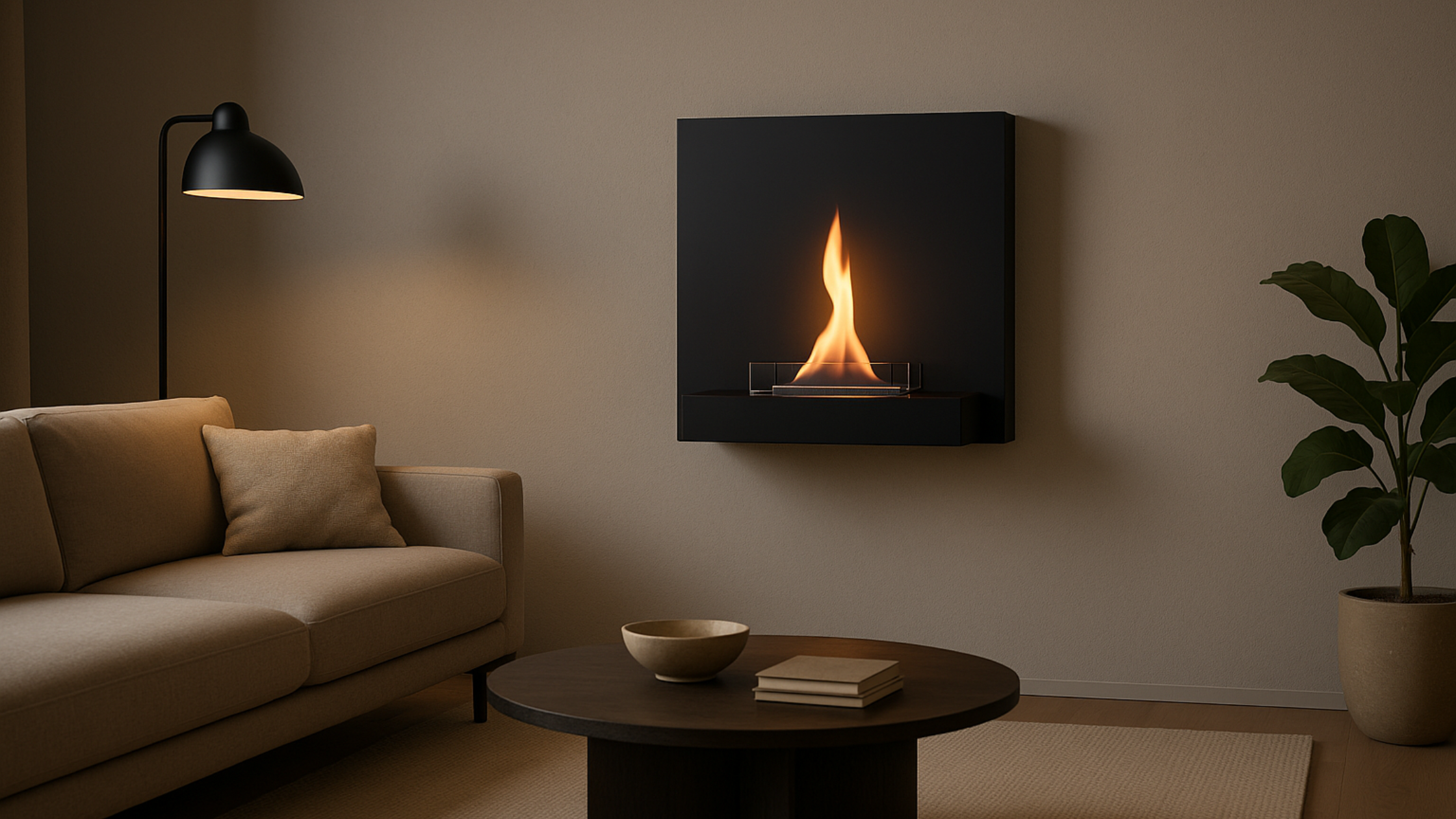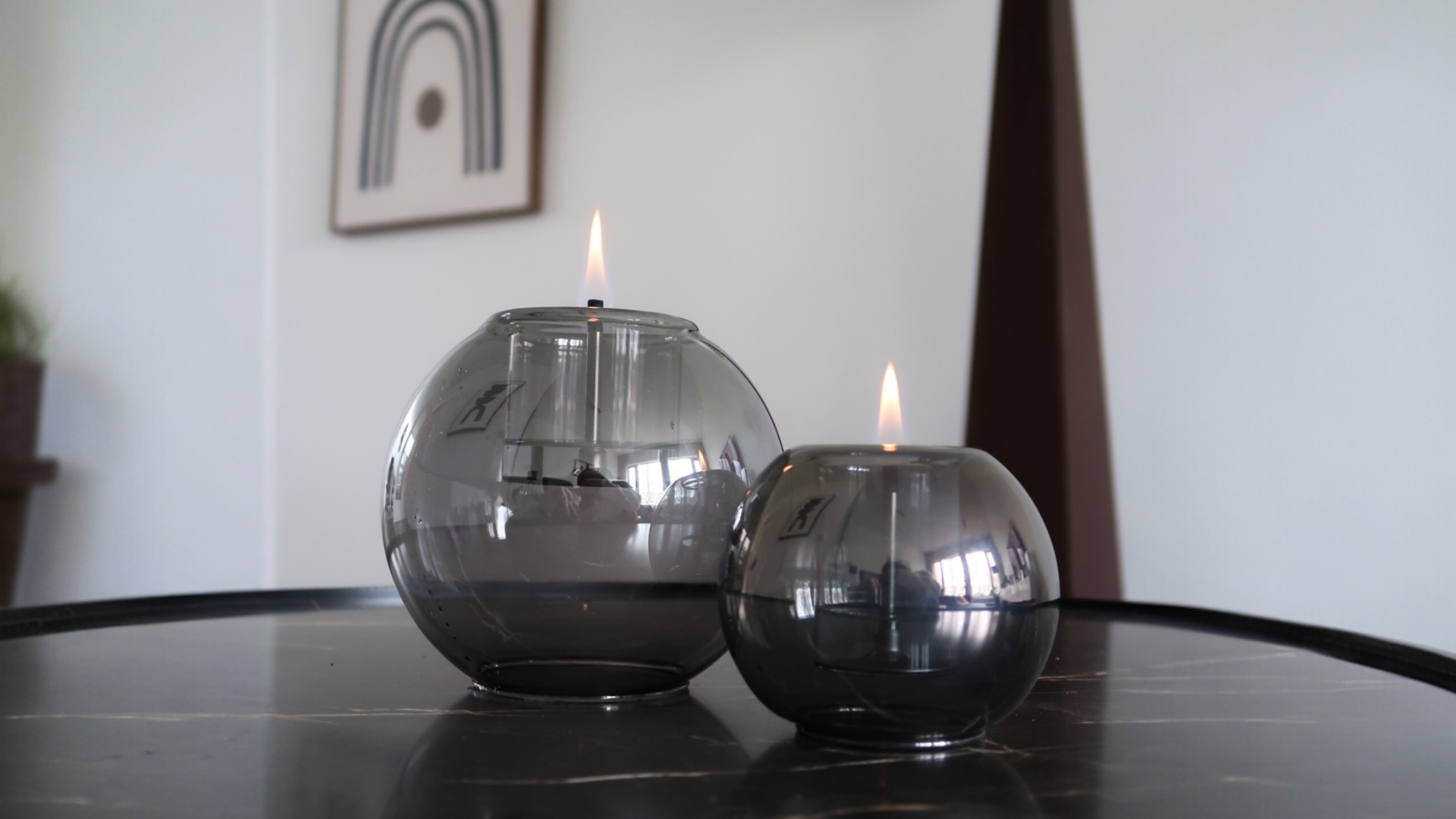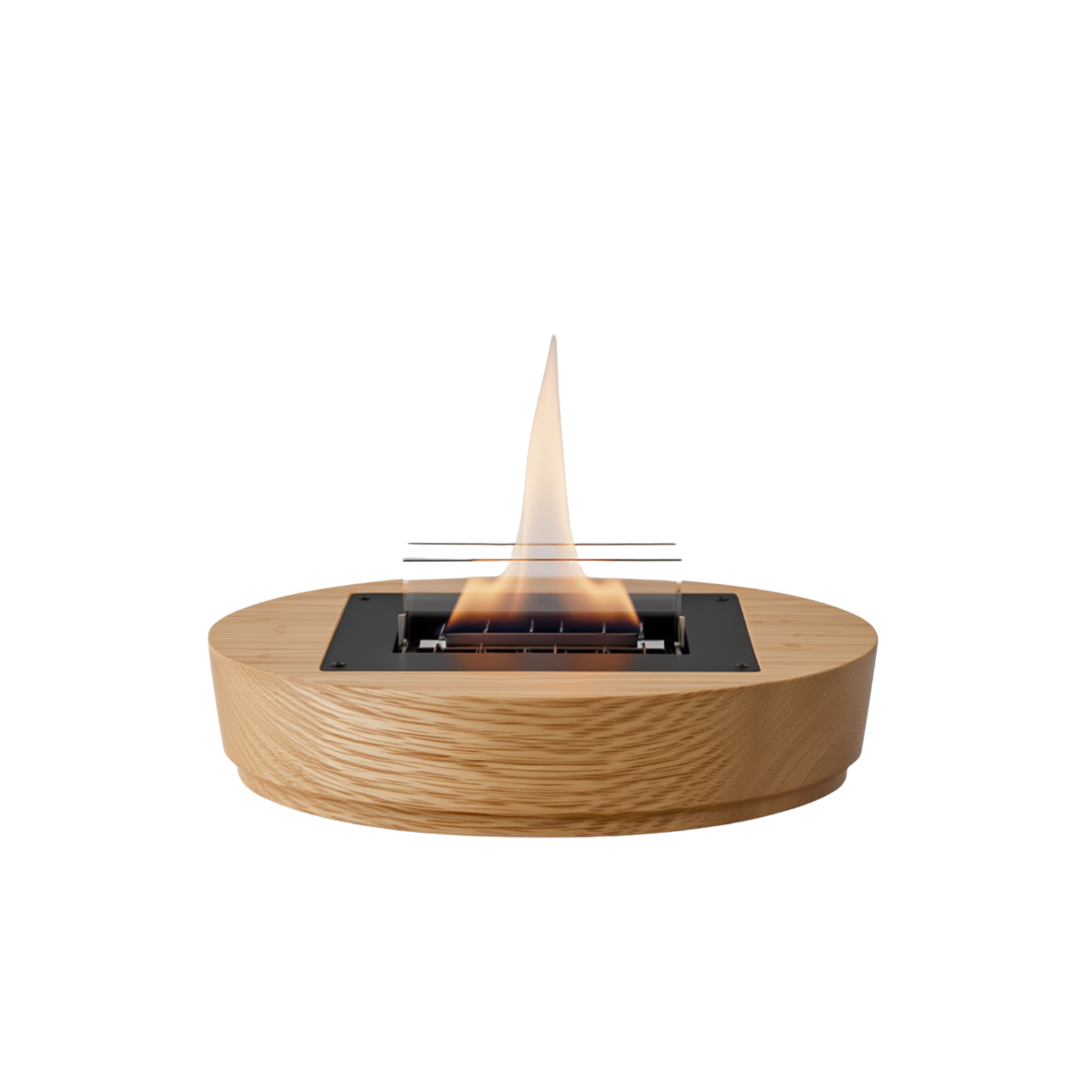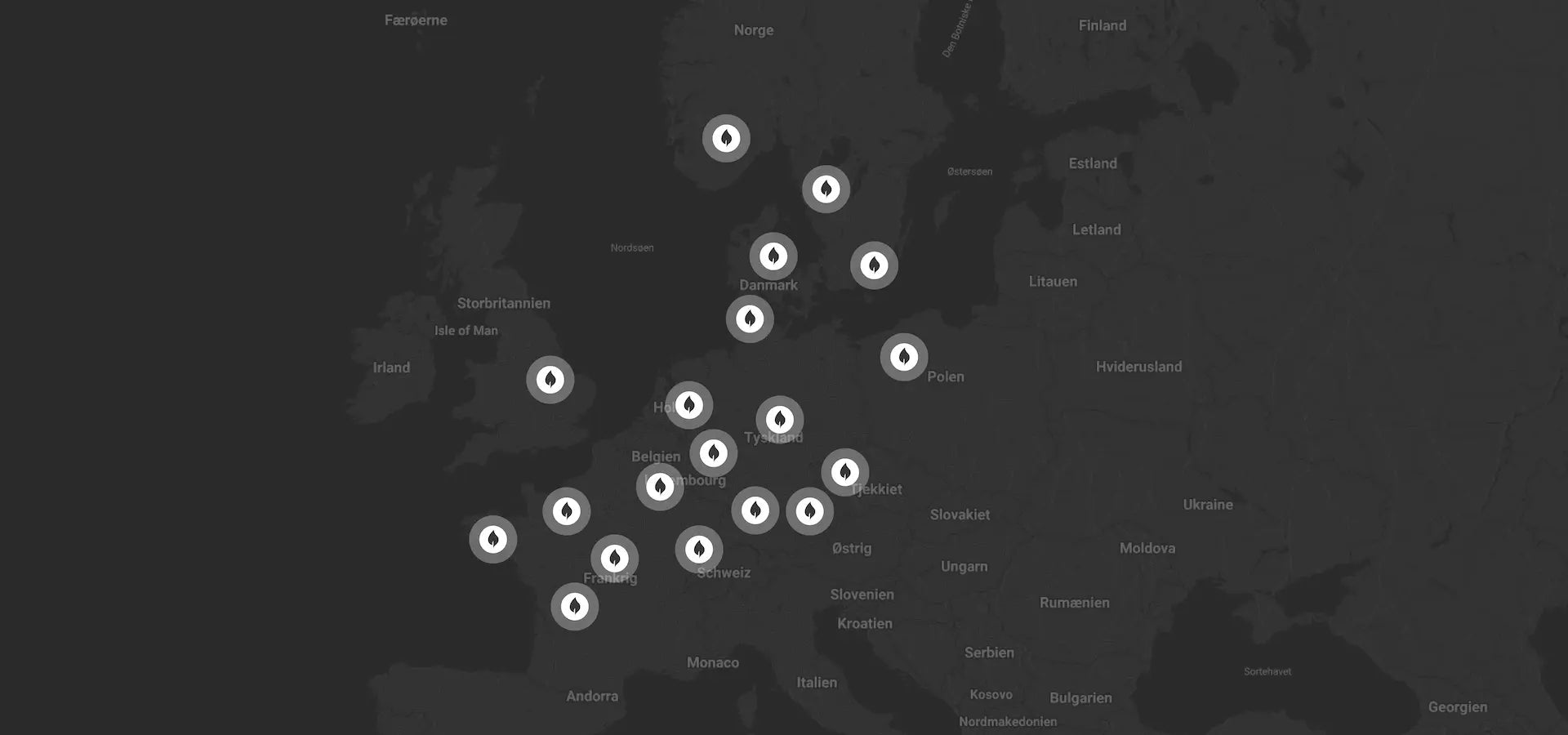For many people, a cozy fire at home or in the garden is essential for a feeling of warmth and coziness. While the classic fireplace used to be the only option, today there are several alternatives available. Wood, bioethanol, gas, and Tenderfuel all have their own characteristics. But which one is best for your situation? This article clearly summarizes the differences.
Wood: the traditional choice
A wood fire is often considered the most authentic way to create atmosphere. The crackling of logs and the distinctive aroma provide a unique experience that's hard to match. However, there are drawbacks:
- Always need a chimney or flue.
- Production of large amounts of particulate matter and smoke.
- Additional maintenance in the form of wood storage and cleaning.
- More and more restrictions or bans from municipalities due to air quality.
For those who value tradition and experience over convenience and health, wood can still be attractive.
Bioethanol: flexible but not always healthy
A popular alternative is the bioethanol fireplace. It works without a chimney and can therefore be installed almost anywhere. The flames look natural and create a pleasant ambiance. However, there are also drawbacks:
- Relatively high operating costs due to the fuel price.
- Combustion releases CO₂ and sometimes harmful substances.
- Safety hazards in case of spillage or incorrect refilling, as the liquid is highly flammable.
Bio-ethanol can therefore be interesting for those looking for atmosphere without a flue, but it requires careful use.
Gas: practical and warming
Gas fireplaces are especially popular for their convenience. With the push of a button, you can create a constant, adjustable fire that also provides heat. The combustion process is cleaner than wood, resulting in less particulate matter. However, there are some limitations:
- A permanent gas connection or gas bottles are required.
- The flames often look less realistic than with wood or bio-ethanol.
- Gas use is under social pressure due to the sustainability trend and rising energy prices.
- Gas is therefore a particularly practical choice for those looking for warmth and ease of use.
Tenderfuel: fire without worries
With Tenderfuel, Tenderflame introduces an innovative way to experience fire. The fuel works exclusively in conjunction with a special steel wick. This prevents the liquid from igniting if something spills or spills outside the wick. This makes Tenderfuel an exceptionally safe solution.
In addition, there are other benefits:
- Hardly any emissions of particulate matter or harmful substances.
- No odor nuisance when used.
- No chimney or gas connection required.
- Suitable for indoor and outdoor use.
- Always heat output: from pleasant additional heating with smaller models to serious heat sources with larger versions.
Tenderflame combines ambiance and warmth with a healthier indoor climate and a high degree of ease of use.
Which choice suits you?
- Do you value tradition and the experience of crackling wood? Then a classic fireplace is a good fit, provided it's permitted in your area.
- Looking for flexibility without a chimney and don't mind safety and emissions concerns? Then bioethanol might be an option.
- Do you want consistent, adjustable heat in addition to ambiance? Then a gas fireplace is practical, although you should consider the future of gas.
- Want both ambiance and warmth, but without the odor, harmful emissions, or hassle of connections? Then Tenderflame with Tenderfuel offers the most contemporary and safe solution.
By comparing the various options, you'll see that each has its own advantages and limitations. The right choice depends on what you value: tradition, ease of use, warmth, or health and sustainability.


